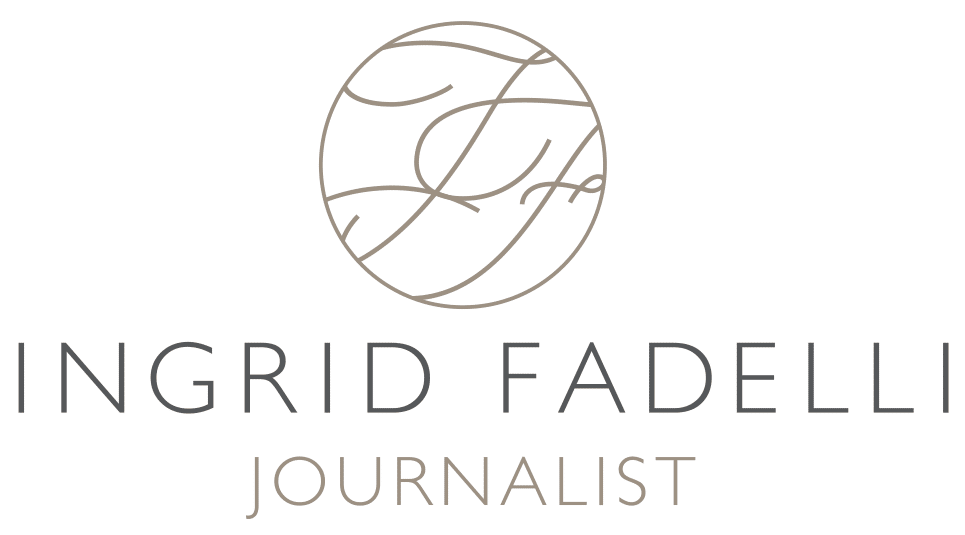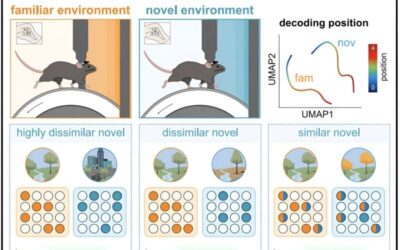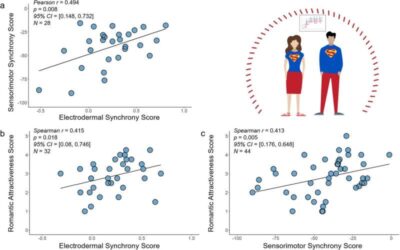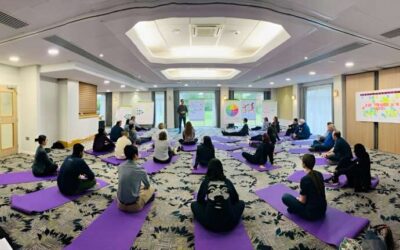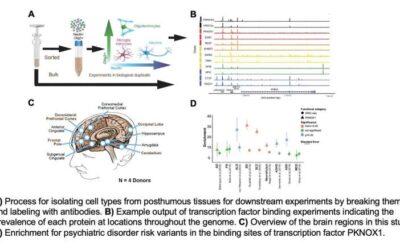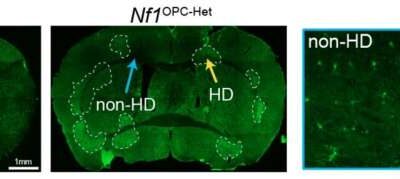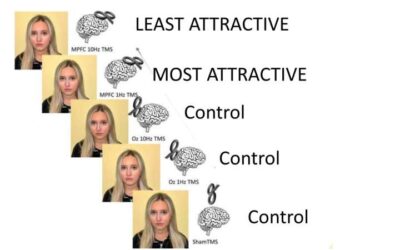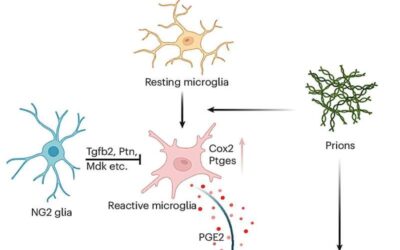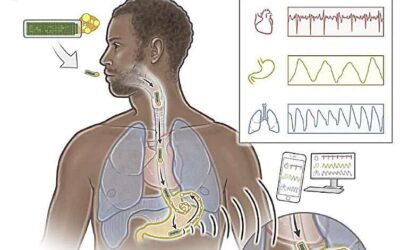The hippocampus is a crucial region in the brain of mammals, which has been predominantly linked to the formation of memories. The retrieval of memories stored in the hippocampus at a later stage relies on a process known as "pattern separation," which entails the...
MEDICALXPRESS
Study links social and non-social synchrony to romantic attractiveness
Romantic relationships and attraction among humans have been the focus of numerous psychological and neuroscientific studies. While these studies have unveiled some of the neural and mental processes associated with romantic bonding, many questions about their...
Study explores the link between stock market fluctuations and emergency room visits in China
The advent of computerized trading and fintech platforms has made investing in stocks easier and more accessible to individuals worldwide. This has led to an increase in stock market participation in many countries, including China.
Large-scale study assesses the short-term impact on stress of self-administered mindfulness exercises
Mindfulness practices, derived from ancient meditative traditions, have become increasingly popular in modern society. Past studies have found that these practices, which encourage people to intentionally direct their attention to the present moment, can have a...
The largest repository of transcription factor binding data in human tissues compiled to date
Transcription factors (TFs) are proteins that bind to specific DNA sequences, regulating the transcription of genetic information from DNA to messenger RNA (mRNA). These proteins play a pivotal role in the regulation of gene expression, which in turn impacts a wide...
Nf1 gene mutations disrupt brain cell plasticity and motor learning in mice
Neurogenetic disorders, such as neurofibromatosis type 1 (NF1), are diseases caused by a defect in one or more genes, which can sometimes result in cognitive and motor impairments. Better understanding the neural underpinning of these disorders and how they affect...
Stimulating the medial prefrontal cortex changes a person’s perceived attractiveness, study suggests
Humans typically perceive others and themselves as more or less physically attractive, yet the neural underpinnings of these attractiveness-related perceptions remain widely unexplored. While some past studies found that stimulating the brain, particularly the medial...
NG2 glia cells shown to protect against prion-induced neurotoxicity and neurodegeneration
Neurodegenerative diseases, including Alzheimer's disease (AD) and Parkinson's disease (PD) are highly debilitating medical conditions arising from a combination of genetic and environmental factors. Studies exploring the neural underpinnings of these diseases and how...
An ingestible device to record gastric electrophysiological activity
Recent technological advancements have enabled the development of new cutting-edge medical devices, including surgical robots, sensors that can monitor physiological processes and VR platforms to train doctors. A long-standing goal for medical technology engineers is...
How the human hippocampus contributes to value-based decision-making under uncertainty
Value-based decision-making is the process through which humans choose between options associated with different costs or efforts, as well as rewards. These choices include, for instance, selecting different products at the grocery stores or making substantial...
